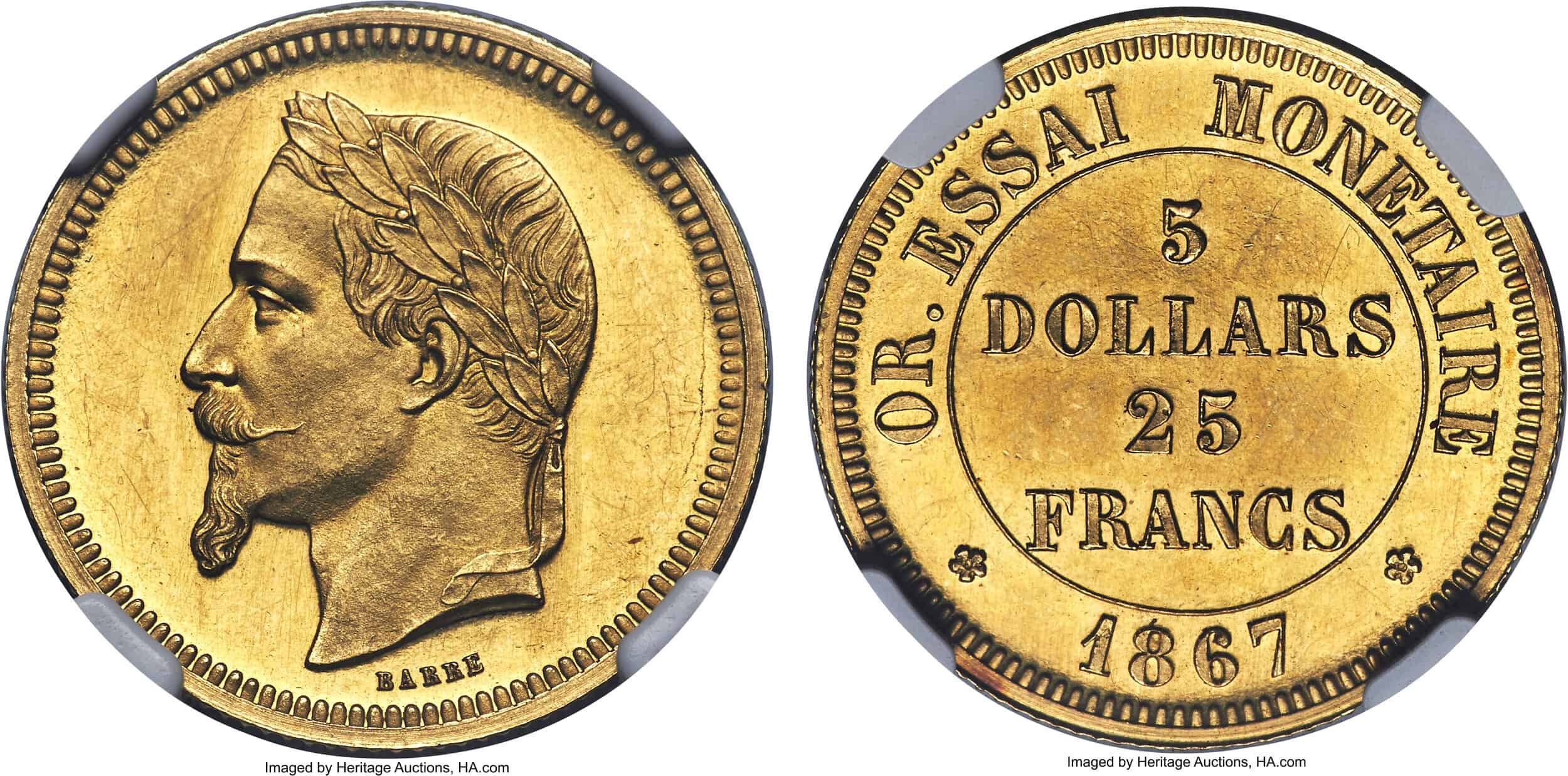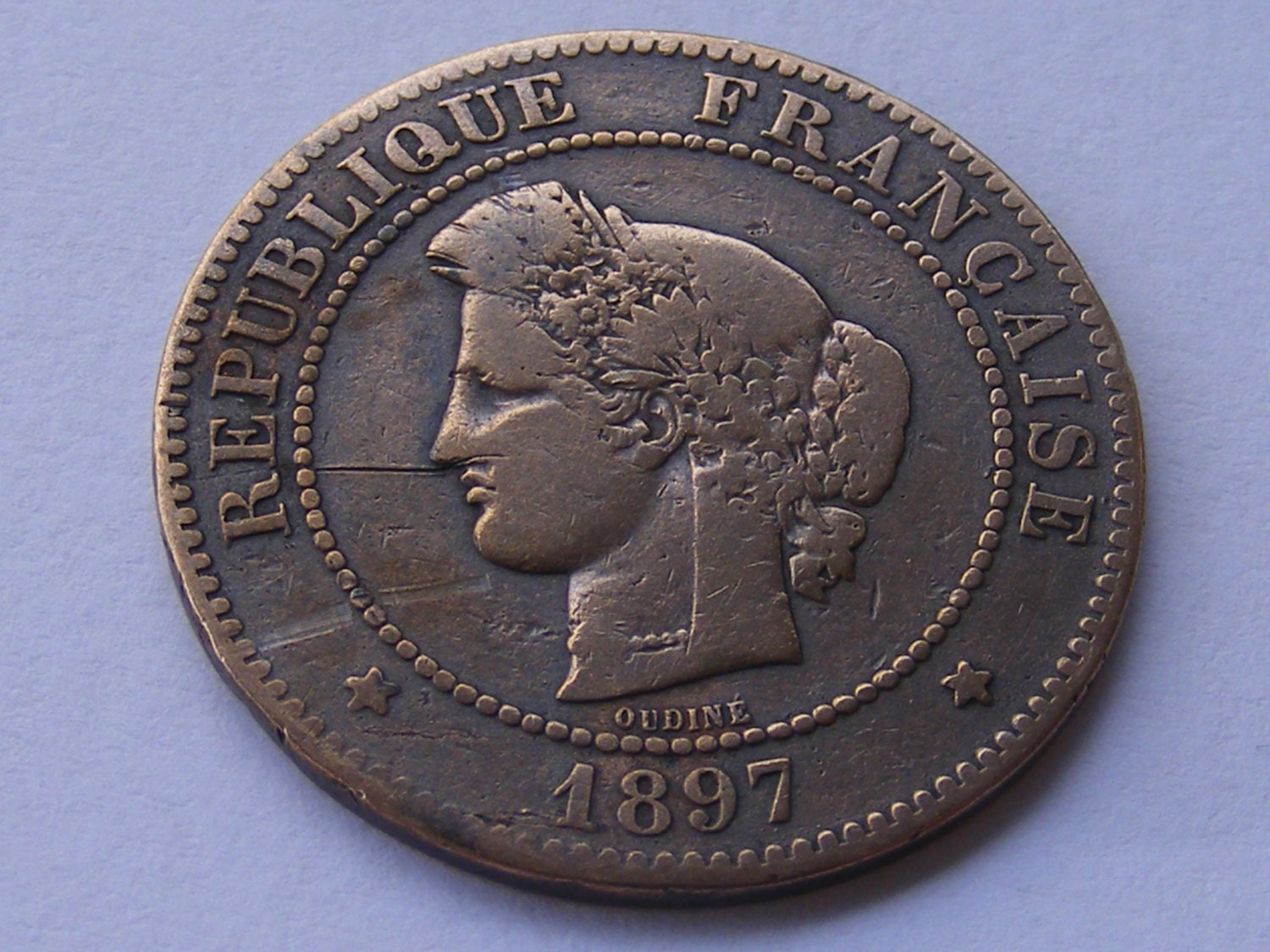Historical Significance

Old french coin nyt – Old French coins, a testament to the nation’s rich past, have played a pivotal role in French history and culture. These coins, meticulously crafted with intricate designs and symbolic motifs, embody the artistic prowess and monetary evolution of France.
The old French coin found in New York City’s Central Park is a testament to the city’s rich history. Like the game of thrones banners that once flew over Westeros, this coin speaks to a time when New York was a much different place.
It’s a reminder that even in the midst of a modern metropolis, there are still echoes of the past to be found.
From the early Middle Ages to the advent of the modern era, French coins served as a medium of exchange, facilitating trade and commerce. Their intrinsic value and widespread circulation contributed to the economic prosperity and stability of the French kingdom. Moreover, these coins bore witness to significant historical events, often adorned with the effigies of kings, queens, and notable figures.
The old French coin, a relic of a bygone era, whispered tales of forgotten kings and queens. Its intricate carvings hinted at a time when madness reigned supreme, when the Mad King Got held court , his laughter echoing through the halls of a crumbling palace.
The coin, a tangible fragment of that chaotic past, held the weight of untold stories, each waiting to be unearthed from the depths of history.
Role in French History and Culture
Old French coins were not mere instruments of monetary exchange; they were also potent symbols of power and prestige. The coins minted during the reign of Charlemagne, the first Holy Roman Emperor, exemplified this notion. These coins, bearing his likeness and the inscription “CHRISTIANA RELIGIO,” proclaimed the close alliance between the monarchy and the Church, reinforcing Charlemagne’s authority as both a temporal and spiritual leader.
As I delve into the history of the enigmatic old French coin unearthed in New York, I find myself drawn to the captivating world of Westeros, where the battle for the Iron Throne rages fiercely. In the midst of the intricate political machinations and epic battles depicted in game of thrones tonight , I am reminded of the enduring allure of the past and the timeless nature of human ambition.
Returning to the enigmatic old French coin, I ponder its journey across centuries and the stories it could tell of the hands that held it and the secrets it has witnessed.
In the centuries that followed, French coins continued to reflect the changing political and cultural landscape of the nation. The coins issued during the reign of Louis XIV, known as the “Sun King,” showcased the grandeur and opulence of the French monarchy. These coins, adorned with elaborate designs and the king’s regal portrait, symbolized the absolute power and divine right of the French crown.
Numismatic Value and Significance
Today, old French coins are highly sought after by collectors and numismatists. Their historical significance, artistic beauty, and scarcity contribute to their numismatic value. Rare and well-preserved coins can fetch substantial sums at auctions, attracting collectors from around the globe.
Beyond their monetary worth, old French coins offer valuable insights into the past. They serve as tangible reminders of France’s rich history, providing glimpses into the lives, beliefs, and aspirations of its people. By studying these coins, we gain a deeper understanding of the social, economic, and political forces that have shaped France over the centuries.
Design and Symbolism

Old French coins are notable for their intricate designs and meaningful symbols. These elements not only enhance the aesthetic appeal of the coins but also convey important messages about the issuing authority, the period in which they were minted, and the values and beliefs of the French people.
The designs and symbols found on old French coins have evolved over time, reflecting the changing political, social, and cultural landscape of the country. During the Middle Ages, coins often featured religious motifs, such as the cross or the image of a saint. This reflected the strong influence of the Church in medieval French society.
Royal Symbolism
As the French monarchy grew in power, royal symbols became increasingly prominent on coins. The fleur-de-lis, a stylized lily, was a common symbol of the French monarchy and appeared on coins from the 13th century onwards. Other royal symbols included the crown, the scepter, and the orb.
Republican Symbolism
After the French Revolution, royal symbols were replaced by republican symbols on coins. The Phrygian cap, a symbol of liberty, became a popular motif, as did the fasces, a bundle of rods tied together with an axe, which represented the power of the people.
Evolution of Coin Designs, Old french coin nyt
The designs of French coins have also evolved over time to reflect changes in artistic styles and technological advancements. In the 19th century, the introduction of steam-powered presses allowed for more detailed and intricate designs to be produced. This led to the creation of some of the most beautiful and iconic French coins, such as the 5-franc coin designed by Oscar Roty.
Monetary Value and Exchange Rates: Old French Coin Nyt

The monetary value of old French coins varied depending on their metal content, weight, and the issuing authority. During the Middle Ages, the most common coins were silver deniers, which were small, thin coins with a low silver content. These coins were used for everyday transactions and had a value of about one penny. Larger silver coins, such as the gros tournois, were also minted and had a higher value.
Gold coins were also issued in France, but they were much less common than silver coins. The most famous gold coin was the écu, which was first minted in the 13th century. Écus were used for large transactions and had a value of about 20 shillings.
The exchange rate between French coins and other currencies fluctuated over time. In the 13th century, one French livre was worth about two English pounds. However, by the 15th century, the value of the livre had declined, and it was worth only about one English pound.
The value and demand for French coins were influenced by a number of factors, including the economic conditions of the country, the availability of precious metals, and the political stability of the government. During periods of economic growth, the value of French coins tended to rise. However, during periods of economic decline, the value of French coins tended to fall.
The old French coin, found in a New York City park, whispered tales of a bygone era. As the sun dipped below the horizon, casting an ethereal glow on the city, I couldn’t help but think of the epic battles and intricate plots of game of thrones tonight.
The coin, now a relic of the past, seemed to hold the secrets of both worlds, connecting the ancient and the modern in a captivating dance of time.
Like the Brooklyn Bridge’s enigmatic medieval jousting game , the old French coin’s intricate engravings evoke a forgotten era. Its weathered surface bears witness to centuries of circulation, each mark a testament to the passage of time. As the coin’s allure captivates, it invites us to explore the hidden histories that lie beneath its enigmatic exterior.